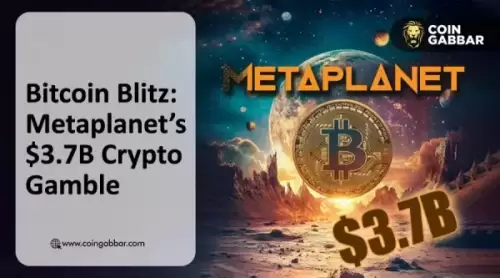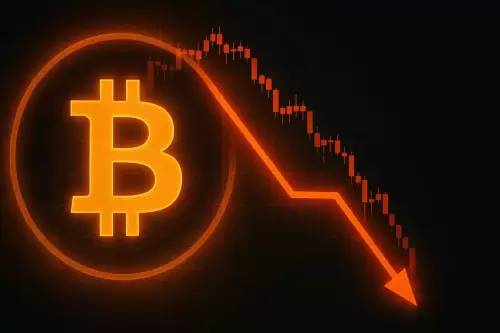Exploring the intersection of Bitcoin's evolution, block size debates, and the spirit of Independence Day in the crypto world, with a New York twist.
Yo, what's the deal? Bitcoin, block size, and Independence Day might seem like a random mix, but in the crazy world of crypto, they're all intertwined like a tangled subway line during rush hour. Let's break it down, New York style.
Bitcoin's "Independence Day": The Block Size Wars
Picture this: August 1, 2017. Bitcoin's version of Independence Day. It marked the activation of Segregated Witness (SegWit), a game-changing upgrade. This upgrade sparked a civil war known as the "block size wars." On one side, the purists who wanted to keep block sizes small. On the other, the "big blockers," led by none other than "Bitcoin Jesus" Roger Ver, who wanted bigger blocks for faster, cheaper transactions. It was like choosing between a slice of dollar pizza and a fancy five-course meal – both are pizza, but one's way more practical.
The core argument? Scalability. The big blockers wanted Bitcoin to handle everyday transactions, like buying your morning coffee. But the small-block crew feared that larger blocks would centralize the network, turning it into a playground for the rich and powerful. It was a battle for the soul of Bitcoin, fought with code and fiery debates.
The Fork in the Road: Bitcoin Cash
The result? A hard fork. Bitcoin Cash (BCH) was born. It was the big blockers' attempt to create a version of Bitcoin that could handle more transactions. Fast forward to today, Bitcoin is worth a cool $115,000, while Bitcoin Cash is chillin' around $552. It's like comparing a penthouse on Fifth Avenue to a decent apartment in Queens. Both are homes, but one's got a much better view.
The Trump Card: Crypto and Politics
Now, let's throw another wrench into the mix: politics. Even Trump is in on the crypto game. From memecoins to NFTs, the former president is making bank. And here’s the kicker: WLFI even attempted to launch its token trading on Independence Day, framing it as a nod to liberty and innovation. But some lawmakers are side-eyeing Trump's crypto ties, worried about potential conflicts of interest. It's a reminder that even in the decentralized world of crypto, politics always finds a way to crash the party.
Solana's Block Boost: A Different Approach
While Bitcoin was dealing with its block size drama, other blockchains like Solana were taking a different approach. Solana recently increased its block capacity by 20%, aiming for faster transactions and less congestion. It's like adding more lanes to the Long Island Expressway – hopefully, it makes things smoother. Even with the upgrade, SOL dipped, but the institutional interest remains strong. Solana is trying to fix what Bitcoin can't, at least for now.
The Bottom Line: A City of Crypto Dreams
So, what's the takeaway? Bitcoin's journey has been a wild ride, full of debates, forks, and political intrigue. The block size wars showed that even decentralized systems have their own power struggles. While Bitcoin continues to evolve, other blockchains are stepping up to solve the scalability puzzle. And with figures like Trump getting involved, crypto is becoming more mainstream than ever. As the U.S. refines its approach to digital assets, the evolving regulatory landscape remains a focal point for investors, developers, and policymakers alike.
In the end, it's all part of the grand experiment. Like New York City itself, the crypto world is constantly changing, full of hustle, and always keeping us on our toes. Keep your eyes peeled, because the next big thing is just around the corner. And who knows? Maybe one day, we'll all be paying for our dollar pizza with Bitcoin.












































































